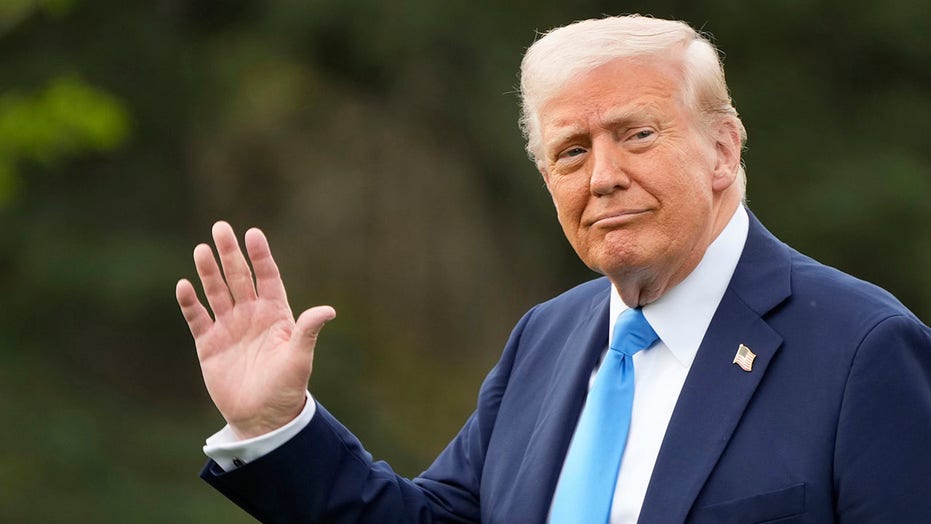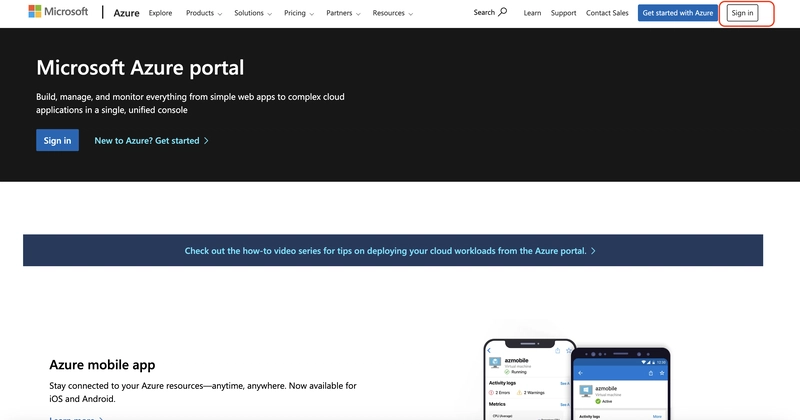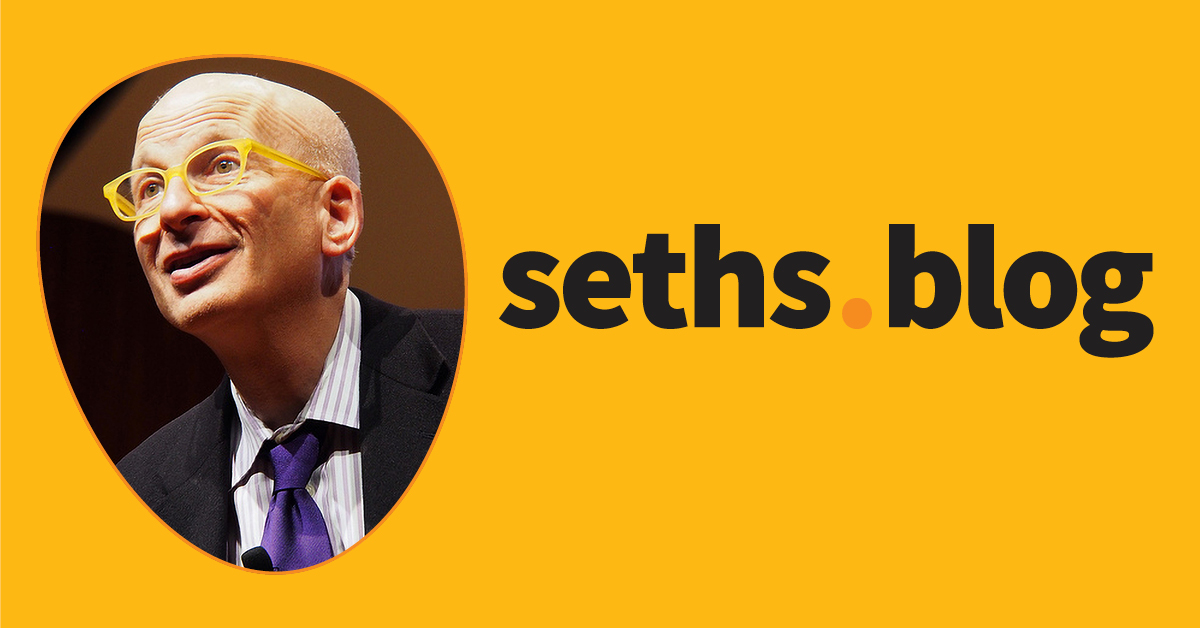How Mark Carney Won Canada’s Pivotal Election
The Liberal leader has steered his party to an unprecedented turnaround—facing down Trump and Pierre Poilievre.


Donald Trump’s name wasn’t on the ballots Canadians marked on Monday, but he looks like the night’s big loser.
Mark Carney won the election by running against Trump every day for six weeks, delivering an anti-annexation message that allowed him to bring the Liberal Party back from the grave, a sudden, 30-point turnaround without precedent. [time-brightcove not-tgx=”true”]
In January, the race looked like a lock for Conservative Leader Pierre Poilievre, who had been leading the deeply unpopular Justin Trudeau in the polls for more than two years. Poilievre had convinced Canadians that the Liberals needed to be fired, and he was measuring the drapes in the Prime Minister’s office.
“Canada is broken,” he said, over and over again, and many agreed.
He put together a stable-looking coalition of support for his plan to axe the consumer carbon tax, defund the Canadian Broadcasting Corporation, crack down on crime, and fire the gatekeepers blocking housing and free enterprise.
Then Trump started threatening to make Canada the 51st state, terrifying Canadians. Desperate Liberals finally managed to ditch Trudeau and replaced him with Carney. Overnight, Conservative support tanked, which left them wondering where they had gone wrong.
Ontario’s Conservative Premier, Doug Ford, has some ideas about that. A folksy, larger-than-life gladhander from suburban Toronto, he won a third majority government in February by promising to protect Ontario during the trade war. As a former fan of the U.S. president, he reflected the sense of betrayal that Canadians feel after their longtime ally and only neighbor turned on them.
Ford sat down with Carney for a friendly breakfast in a Toronto diner in March. The stuffy central banker and the down-to-earth businessmen got along well, and have formed a good-cop-bad-cop team trying to manage the never-ending threats from south of the border.
That gave Carney a crucial boost. “Ford signalled to voters in the Greater Toronto Area that Carney was a change from Trudeau, especially on the economy,” says Gerald Butts, an advisor to both Trudeau and Carney. “A bunch of voters who had closed their minds to the Liberal Party under Justin Trudeau got interested in Mark Carney.”
Whereas Poilievre had been slow to react when Trump started calling Trudeau “governor,” blaming the Liberals for failing to take action on border security instead of forcefully rebutting Trump’s attacks.
That didn’t fly in Ontario, which does about $500 billion CAD in annual trade with the U.S., and almost 100,000 jobs depend on the auto business. Nor did it in much of the rest of the country. “We saw in a period of roughly six weeks, 8 million voters moving from different places to the Liberal Party of Canada,” says pollster Frank Graves, of EKOS Research. “That is not something superficial or casual. There was a visceral force driving this. That force was the recoil effect from Donald Trump 2.0 cavalcade of craziness that was going on.”
A swifter change in tone on Trump might have kept Poilievre in the race, but he has a reputation as a fierce attack dog, not a coalition builder. For years, Poilievre’s take-no-prisoners attacks on the Liberals were influenced by the MAGA movement, which made him a fearful figure for progressives.
That helped cause large numbers of voters who normally support the left-wing NDP and the separatist Bloc Quebecois, also on the left, to shift to the Liberals. The electorate has somewhat polarized, so Canada looks more like a two-party system, with the Liberals the bigger party.
Since Poilievre is so unpopular with much of the electorate, he had no option but to try to convince Canadians that Carney was unfit for office. But Carney, a rookie to politics, has a strong resume. He steered the Bank of Canada during the 2008 financial crisis, and then the Bank of England during the Brexit years.
Poilievre’s Tories called him “sneaky,” said he was “just like Justin,” and accused him of dishonesty. Their friends in the media even trotted out former British Prime Minister Liz Truss—whose premiership did not outlast a head of lettuce—to attack him, but nothing worked.
Carney can’t fire up a crowd like Trudeau or Poilievre, but his bland aura of confident competence has reassured a rattled nation.
And though Carney looks like a centrist, he has promised to increase spending beyond Trudeau’s record-setting deficits, arguing that Canada needs to build its way out of the trade war that threatens to plunge the country into a recession.
Poilievre had a shot if the election was about taxes and spending, taking steps to improve affordability, and get the economy moving, but Trump would not stay out of it. On election day, he posted a message to the “Great people of Canada,” urging Canadians to choose to become “the cherished 51st. State of the United States of America.”
Canadians don’t want that, and it will now be Carney’s job to make sure it doesn’t happen.


















![[The AI Show Episode 145]: OpenAI Releases o3 and o4-mini, AI Is Causing “Quiet Layoffs,” Executive Order on Youth AI Education & GPT-4o’s Controversial Update](https://www.marketingaiinstitute.com/hubfs/ep%20145%20cover.png)




















































